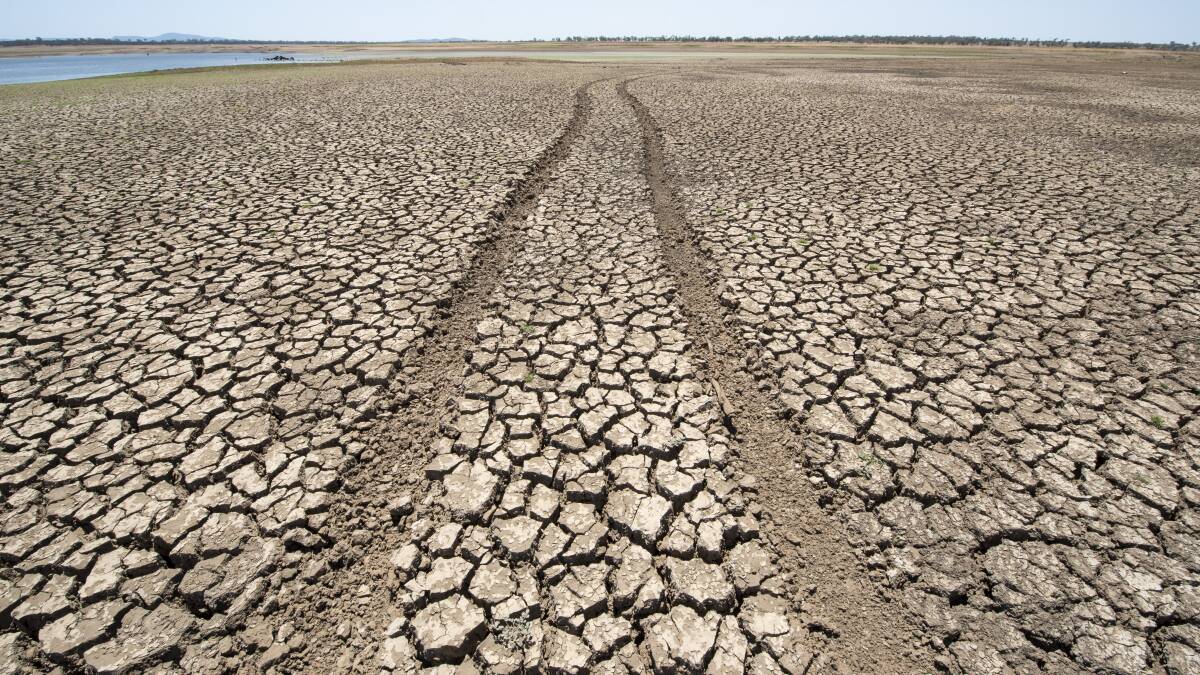
The hot talk this week is about El Nino forming in the Pacific Ocean. The Australian forecasters are a little more circumspect than the US team, but it is hardly new news that 2023 won't look like 2022.
Down on the farm, though, experience should probably have informed most people that we should be preparing for the worst even while we hope for the best.
Weather forecasting is a complex business and we never know what is really going to happen in any given season. Overlay this complexity with the vast and diverse landscape we live and farm on, and it becomes even more uncertain.
Paradoxically, long term trend data is providing increasing certainty about what we can expect from the weather.
More extreme weather events, more frequently.
El Ninos and La Ninas have different impacts on the annual rate of observed atmospheric warming because of how temperature exchanges between the ocean and the atmosphere change with corresponding changes in sea surface temperatures that define El Nino and La Nina events.
The past few years of La Nina have resulted in slight decreases in annual global temperature anomalies. Unfortunately, while they were not record breaking absolute temperatures, they were for La Ninas.
Conversely, El Ninos raise temperatures. Recent reports are already indicating global oceanic and atmospheric temperature records for June.
The likely outcome is hotter and drier weather for much of eastern Australia. Sounds like a drought is a strong possibility. (Ironically, and simultaneously, we have an increased risk of late damaging frost events due to a destabilisation of the circumpolar vortex due to global warming.)
Many people and even some government departments still think singularly about drought in terms of rainfall. Modelling shows that for every degree of warming we need 15 per cent more rainfall to match stream flows. This means the water deficit in the landscape is grossly underestimated if we don't consider both the temperature and the rainfall anomalies.
In effect we are faster into more intense drought than ever before, due largely to increasing temperatures.
It isn't rocket science.
Even though we can't know what the season will bring, we really must heed the warnings and prepare for conditions possibly unlike those we have experienced so far.
Sadly and somewhat amazingly, given the abundance of scientific knowledge about our climate, Australia still doesn't have a coherent drought policy or strategy. I would argue we need a broader extreme weather policy, but a drought policy would be a good start.
Australian farmers have continually adapted to operating in some of the most variable weather in the world. This has probably prepared us on farm as well as anything could for increasing volatility associated with climate change.
ALSO IN THE NEWS:
Perhaps the key skill honed by adverse and volatile weather is that ability to adapt. Innovators and early adopters have led policy makers and customers throughout our agricultural history. If we can support and encourage innovation, Australian agriculture will undoubtedly continue to adapt and lead.
The greatest challenge to our success now lies in the failure of policy makers and farmers alike to understand what the science is really saying about our climate - we will not be returning to historical weather norms and average years are unicorns.
Weather volatility is possibly the hardest production constraint to manage. There is a natural limit to production under any given season of weather. Increasingly extreme weather is extending beyond the scope of on farm mitigation.
This means many of the innovations that underpin climate resilience now lie beyond tinkering with production systems alone.
Every structural aspect for our ag industries needs to be reconsidered in terms of climate resilience. Tenure, finance, pre and post farm gate supply chains and even consumer trends and expectations impact on ag resilience and they are more manageable than the weather.
I still see a great future for our sector, because society depends on it. However, the increasing rate of change in our weather systems means that future looks less and less like our past.
We owe it to the next generation to provide pathways for ag succession that give them the best chance to succeed. Ultimately that requires much more than the greenwashing we are seeing from governments and industry alike.
- Peter Mailler is a third generation grain and cattle farmer on the NSW/Queensland border

